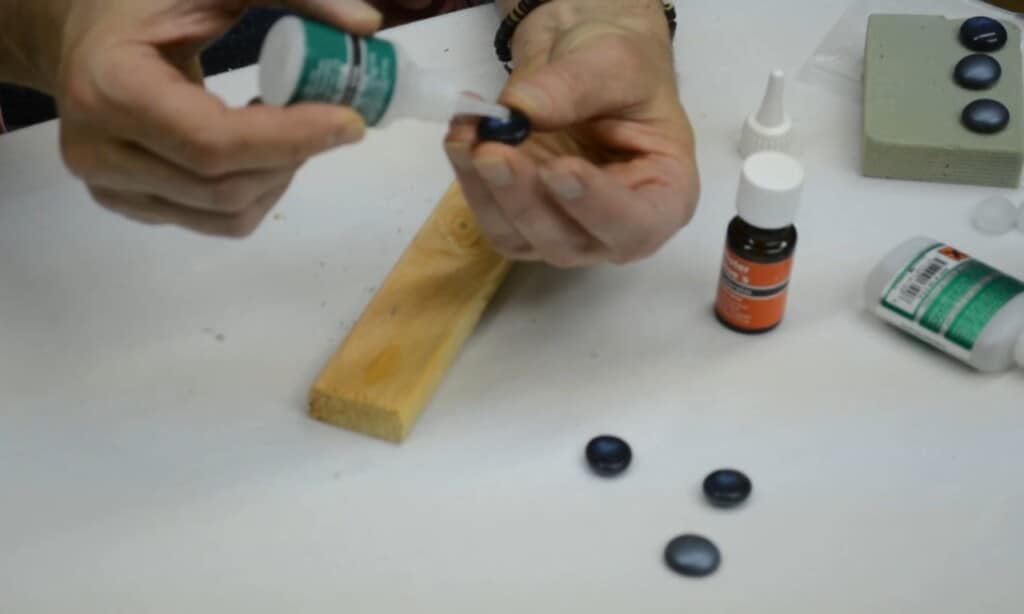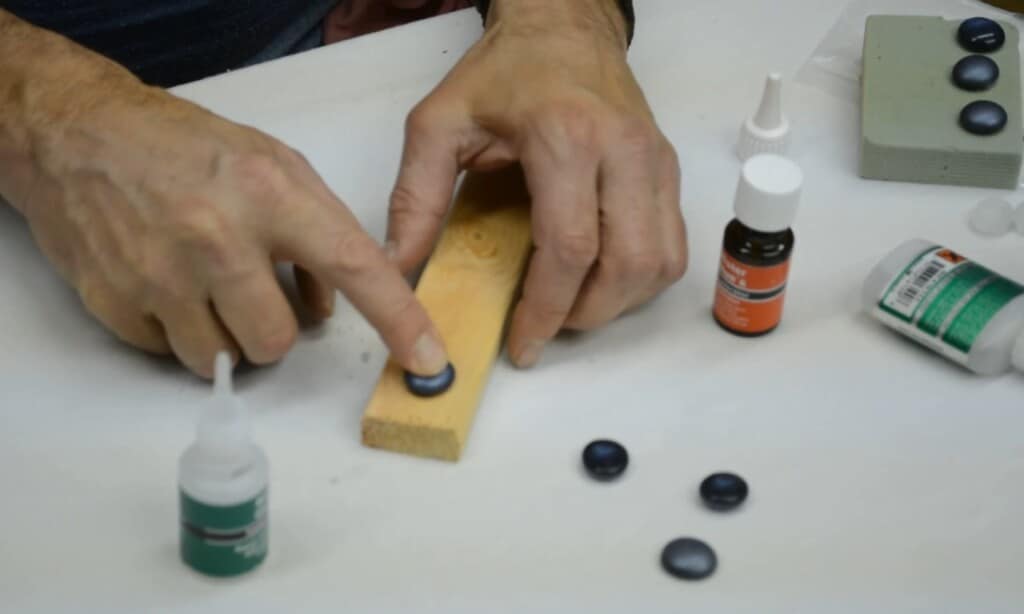In this article, we will discuss how to glue glass to wood as well as how the type of adhesive you use can affect your project’s success. We’ll also show how proper preparation is key in ensuring a successful installation, which should lead you down the right path towards being able-bodied enough for tackling any DIY home improvement endeavor!
How to Glue Glass to Wood
1. Gather all of your supplies
You should prepare all the materials and tools on hand so your project can take place smoothly without interrupting the glue curing process. The main things that you will certainly need are a wood piece, a glass sheet, and glue. Moreover, there are helpful tools you should consider to glue glass to wood that is worth mentioning like sandpaper or file (if using an old wood board); a straight edge ruler; pencils for marking and tracing lines onto glass; protective gloves if needed; and safety glasses.
One of the most important things you should consider is to choose a compatible type of glue for your project. There are many types of glue out there that can be used for many different applications, but in this case, we’ll go through several common types of glue work well to glue glass to wood :
- Wood glue: This glue is best for gluing glass to wood, but it may not be the only option you should consider. In short, this glue provides a strong bond that dries quickly and can handle constant changes in temperature. Wood glue can be used to glue glass, but it is best for porous surfaces.
- Hot glue : Glue guns are a quick and easy solution to glue glass to wood, but they do not provide the same durability as other types of glue. The glue is runny so it can be used for small applications like gluing an ornament or embellishment onto your project .
- Silicone caulk: If you prefer gluing the glass down instead of permanently attaching the two pieces together, silicone caulk is your glue of choice. This glue will do the job without causing any permanent damage to either surface being glued together and can be removed easily if needed .
- Epoxy: If you are looking for a glue that provides an incredibly strong hold, epoxy glue may work best to glue glass to wood. Epoxies have been used in construction for decades and are best used for projects that will require constant or extreme temperature fluctuations . Epoxies are two-part and come in small tubes or as an adhesive putty similar to caulk. The parts must be mixed together before applying it which may produce toxic fumes. In addition, epoxy glue may need time to cure and can be difficult to sand.
- Polymer Adhesive : This glue is specifically used to glue glass to wood and it is best for indoor projects. It has a quick dry time that can be manipulated with humidity levels, dries clear and will not yellow over time.
2. Prepare the surface of the glass and wood
Before gluing, it’s important to ensure that the surfaces of both glass and wood are clean/free from debris or dirt. A clean glue surface is a key to a strong bond.
You can clean the surface with a damp cloth; however, If you’re gluing new glass onto existing wood, make sure that the old glue residue does not interfere with the glue adhesion process. For this reason, it’s important to sand down any old glue or paints on both surfaces until they are completely smooth before applying fresh glue. If the wood surface has a rough texture, you should also sand it down to smooth it out and rough up the glass surface as well. This will allow the glue to grip both surfaces more easily.
Make sure all pieces are dry before applying glue.
3. Apply glue to both surfaces
You can apply glue using a brush, roller, or even tooth sticks. Make sure to glue the edge surrounding each piece of glass as well so that it creates one solid surface and keep in mind, a little goes a long way!
The most important thing when using any type of glue is making sure that there are no dry spots on either surface where tackiness remains after applying glue. It’s best practice to make one thin layer across each surface rather than trying to glob large amounts at once which may cause clumps or uneven distribution of material.


4. Place the glass on top of the wood
You’ll want to glue the glass down as quickly as possible because all glues have a curing time before they will reach full strength.
As soon as you’ve applied glue, carefully place this piece over the other, Place the glass onto the wood surface, making sure that all edges are aligned and lined up as closely as possible.
5. Press down on all sides of the glass to make sure they stick together well
After placing two pieces together, apply pressure with your hands to ensure that there is an even distribution of pressure on all sides.
If necessary, use weighting material such as books or bricks that span across each surface until the glue is completely dry.

6. Let the glue dry completely
In order for the glue to dry, it requires time in a warm and open environment. Glue drying times may vary depending on the type of glue, how much glue you apply, and even the climate where you live.
It’s best practice to glue glass pieces down by day and let them dry overnight before removing the weights, moving onto other parts of your project, or taking any steps that will involve heavy-duty handling.
You can finish your glass wood glue joint by using a scraper to remove excess glue from around the edges.
FAQs
Can Gorilla Glue be used on glass?
Yes, Gorilla Glue can be applied to many surfaces.
It’s known for repairing glasses and other delicate items without harsh chemical fumes or adhesives. The water-soluble formula allows it to adhere even in humid conditions such as bathrooms and kitchens. This tough material will withstand heavy-duty use with no damage! It also dries clear so it won’t ruin painted walls or leave ugly marks behind when removed. If your broken pieces fit tightly together, just wait 24 hours and the glue will cure firmly in place. You’ll never have to worry about putting Gorilla Glue on the glass again!
